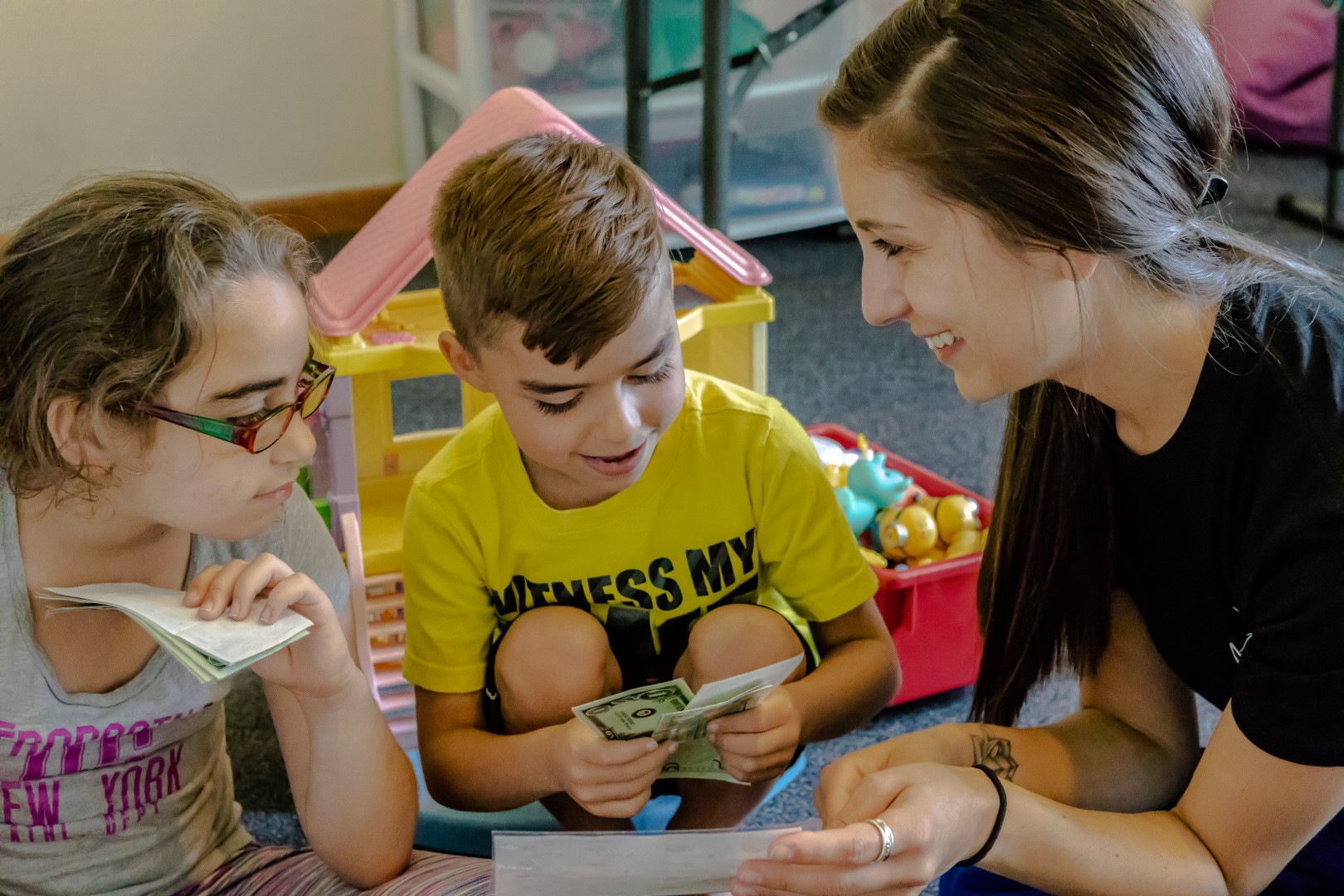How we help

The Spark Center offers a variety of services to provide a well-rounded, comprehensive, and collaborative treatment package for all clients. All of our services can be provided either as stand-alone services, or in combination with each other, based on your child’s individual needs. We provide ABA, speech therapy, and occupational therapy, as well as other workshops, caregiver support, and social skills groups.
Many of our services are conducted in a 1:1 setting, but we incorporate group services to also better promote independence, self-management, and forming relationships with peers, while also working to target barriers that may prevent a child from being successful in a less restrictive setting (e.g., a classroom).
Every child is unique, and so every intervention at the Spark Center is uniquely tailored to your child’s specific needs. Through years of practice, we have perfected our techniques to match what is most effective for the individual and will give them the best chances of success long term.
What does collaboration mean?
At the Spark Center, we emphasize the importance of collaboration and coordination of care. That means we ensure that, whether your child is receiving multiple services from us, or they also see other service providers or receive educational supports and services, we are working together to facilitate the most appropriate delivery of care for your child.
When your child receives multiple services at the Spark Center, our therapists work together daily to ensure treatment is appropriate and can generalize across all settings. Formal collaborative meetings are scheduled amongst therapists throughout your child’s time in treatment. Many aspects of your child’s care may be impacted by each individual service, and so therapists will also refer to each other’s areas of specialty and expertise to ensure the most appropriate treatment is implemented.
Our therapists also work with your child’s other providers, including doctors, other therapists, teachers, and even other caregivers, to provide updates, training opportunities, and to receive additional information that may be relevant to our services. Coordination of care is a necessary component to your child’s progress, and can even include assisting with IEPs, medication management, diet and nutrition, and other aspects of your child’s health and well-being that may indirectly be impacted by the services we provide.

What services do we provide?
ABA
We provide center-based ABA therapy to children through age 10 with an autism spectrum disorder. Click here to learn more!
Speech Therapy
We provide speech therapy for children with or without an autism spectrum disorder. Speech therapy can be provided as a stand-alone service, or in combination with ABA and/or Occupational therapy. Click here to learn more!
Occupational Therapy
We provide occupational therapy for children with or without an autism spectrum disorder. Occupational therapy can be provided as a stand-alone service, or in combination with ABA and/or Speech therapy. Click here to learn more!
Workshops and Other Services
The Spark Center also provides other workshops, social skills groups, play groups, and summer camps! Click here to learn more!
What is autism?
Autism spectrum disorder (ASD) is a complex neurobiological developmental disorder that is characterized by language impairments, impairments with social interactions, and repetitive or stereotypic behaviors. The extent of these impairments and how they are represented can vary greatly from one individual to another which is why autism is referred to as a spectrum disorder. Symptoms typically appear before the age of three.
The current diagnostic criteria can be found in the fifth version of the Diagnostic and Statistical Manual of Mental Disorders (DSM-5).
What causes autism?
To date there is no single identifiable cause of autism. However, the general consensus is that most cases of autism are probably a combination of genetic and environmental factors.
What do the numbers say?
The current statistic released by the Centers for Disease Control (CDC) indicates that 1 in 36 children in the US falls on the autism spectrum. This statistic has increased significantly over the past few decades showing an overall rise in prevalence across time. Only a portion of this increase can be attributed to better diagnostics alone.


